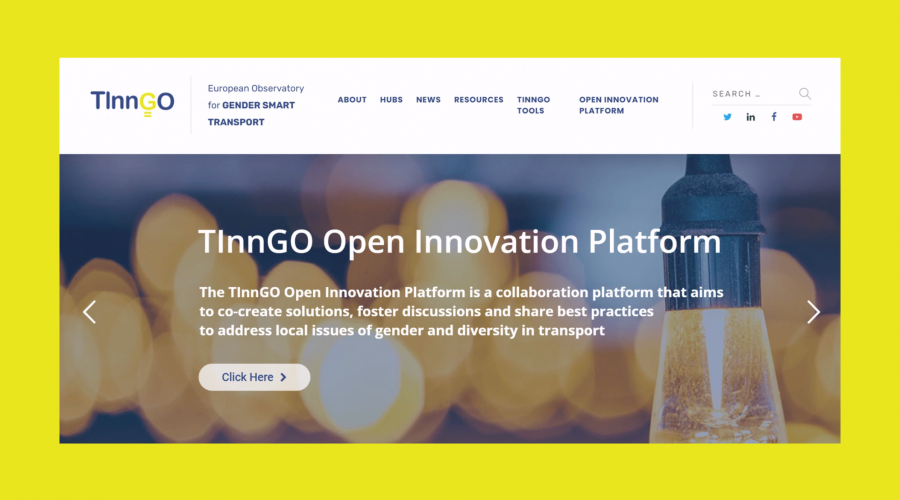Social and mainstream media’s reactions to the e-scooter trials are increasing, as other cities inaugurate their services around the country like Salford, with Cambridge and other places to follow. TInnGO is liaising with Coventry City Council and VOI, the e-scooter provider, to provide inclusivity guidelines and diversity to its provision, access and uses.
Objects created by and for humans are artifacts, and to understand their use and cultural persistence, many factors are considered and analysed. From its materiality to its connection to socio-economic aspects, artifacts either persist and change with time or fall into limited uses, somewhat exclusive or rare. As our last post discussed, preliminary data on e-scooters and more consolidated data on micro-mobility provisions is pointing to specific demographics as its main users. This, in turn, perpetuates what can be seen as the ‘identity’ of an available object/artifact, informing its patterns and possibilities, creating unspoken exclusive uses. The cyclical relation between artifacts, their uses and identity attributions, as is currently the case of e-scooters and young men, is something TInnGO is interested in analysing. Micro (smart) mobility provisions can be a gateway to change urban mobility culture, combining the diversity-rich urban centres with transport options that can be used and adapted to many identities instead of a privileged one.
As companies are competing for bids and contracts throughout the UK and Europe, stakeholders and investors might be missing on a new market with great potential for growth. By targeting diverse communities and understanding how identity, design and use interact dynamically, social benefits to marginalised users can increase and so would the demand for their products. Much can be gained by including representatives of different groups to participate in the trials, as a e-scooter company did in January, surveying its users and including disability as a factor for future models. Although not without its critics, this was an important step in changing the usefulness perception of the e-scooters as a real mobility possibility, steering away from the young tech savvy male as its target. As technological acceptance analysis states, the easier and more accessible the e-scooter looks, less barriers will exist between the public and the consumption of such technology or service. For this to happen, identity and use must be present in the object, in a way that it reflects as many different users and its potential as possible.
TInnGO showcased the importance of empathy and the value of codesign when creating products for different communities, related to gender, age, abilities, race and more. Such demographics present different challenges and possibilities to macro and micro moblity patterns and access, which will be analysed in future posts, following the continuous diffusion of the e-scooters’ trials.





